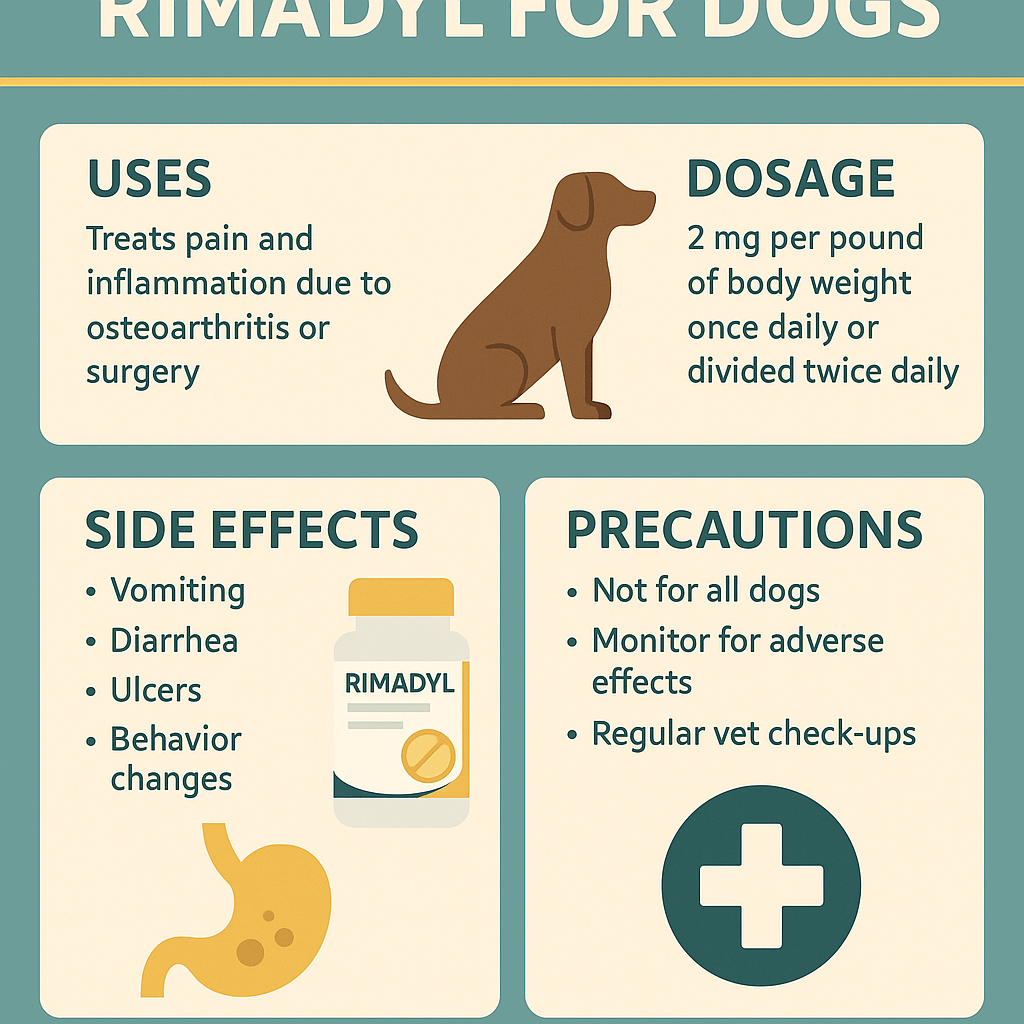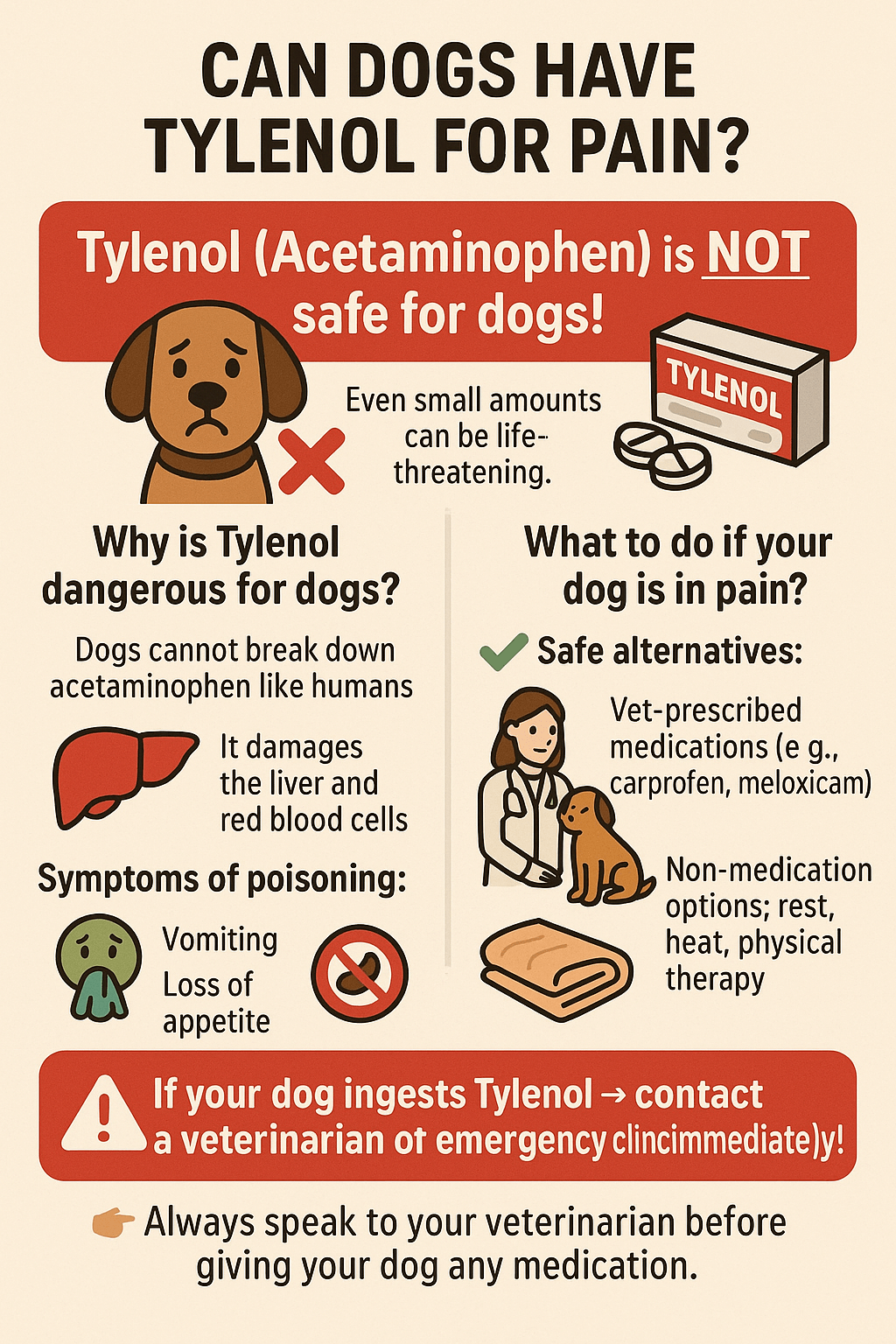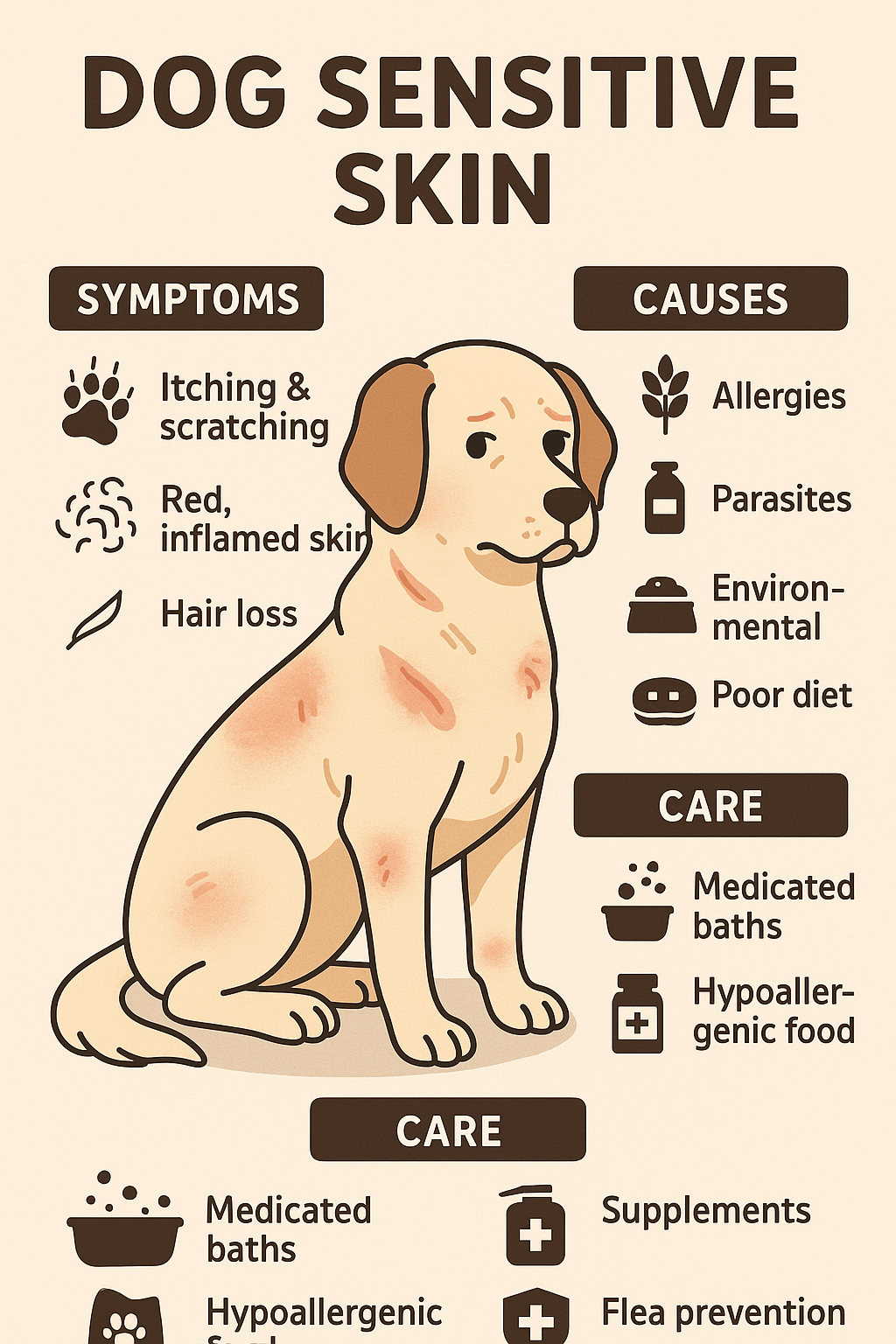Understanding Dog Paw Bleeding: What Every Pet Owner Should Know
As a loving dog owner, you’ve likely noticed how much your furry friend relies on their paws for daily activities—walking, running, playing, and exploring. However, these essential tools are also vulnerable to injuries, and one common issue that can arise is dog paw bleeding. Whether it’s caused by a sharp object, rough terrain, or an underlying health condition, paw bleeding can be alarming. In this guide, we’ll explore everything you need to know about identifying, treating, and preventing dog paw bleeding, so you can keep your pup happy, healthy, and pain-free.
Common Causes of Dog Paw Bleeding
Dog paw bleeding can occur for a variety of reasons, ranging from minor scrapes to more serious injuries. Understanding the potential causes can help you respond appropriately when your dog experiences this issue. Here are some common culprits:
Cuts or lacerations from sharp objects like glass or thorns.
Burns caused by hot pavement or chemicals like road salt.
Blisters from excessive running or walking on rough surfaces.
Allergic reactions leading to irritated or cracked paw pads.
Parasites like ticks or mites causing inflammation and bleeding.
Identifying the cause of the bleeding is the first step toward providing effective care. Always assess the situation carefully and seek veterinary advice if you’re unsure.
First Aid Steps for Dog Paw Bleeding
When your dog’s paw starts bleeding, acting quickly can make all the difference in minimizing discomfort and preventing infection. Here’s what you should do to provide immediate care:
Examine the paw carefully to locate the source of the bleeding.
Rinse the affected area with clean water or a saline solution to remove debris.
Apply gentle pressure with a clean cloth or gauze to stop the bleeding.
Use an antiseptic solution to disinfect the wound once the bleeding slows.
Cover the paw with a bandage to protect it while you seek further care.
While these steps can help stabilize the situation, remember that professional veterinary attention may still be necessary, especially for deep cuts or persistent bleeding.
Check this guide 👉Burned Dog Paws: Best 7 Health Tips!
Check this guide 👉Dog Paw Fungus: Best 7 Health Tips!
Check this guide 👉How to Moisturize Dog Paws Naturally: Best 7 Health Tips!

Signs Your Dog’s Paw Needs Attention | Possible Causes |
|---|---|
Persistent limping or favoring a paw | Deep cuts or embedded objects |
Swelling or redness around the paw | Infections or allergic reactions |
Licking or chewing at the paw excessively | Irritation or foreign objects |
Blood stains on floors or bedding | Active bleeding or reopened wounds |
Unusual odor from the paw | Bacterial infections |
Preventing Dog Paw Bleeding
Prevention is always better than cure, especially when it comes to your dog’s paws. By taking proactive measures, you can reduce the risk of injuries and keep your dog’s paws healthy. Here are some preventive tips:
Inspect your dog’s paws regularly for signs of injury or irritation.
Avoid walking your dog on hot surfaces during summer months.
Use protective booties when hiking or walking on rough terrain.
Keep your dog’s nails trimmed to prevent uneven pressure on the paws.
Clean your dog’s paws after walks to remove dirt, debris, and chemicals.
By incorporating these practices into your routine, you can help ensure your dog’s paws stay strong and injury-free.
When to See a Veterinarian for Dog Paw Bleeding
While some cases of dog paw bleeding can be managed at home, others require professional veterinary care. Knowing when to seek help is crucial for your dog’s well-being. Here are signs that warrant a visit to the vet:
The bleeding doesn’t stop after applying pressure for 10 minutes.
The wound appears deep or is accompanied by swelling.
There are signs of infection, such as pus or a foul odor.
Your dog is unable to bear weight on the injured paw.
You notice foreign objects embedded in the paw pad.
Prompt veterinary attention can prevent complications and ensure your dog receives the care they need. Trust your instincts—if something feels off, it’s better to err on the side of caution.
Signs Your Dog’s Paw Injury Is Healing Properly
When your dog has experienced paw bleeding, it’s important to monitor the healing process closely. Recognizing signs of proper healing can help you ensure that recovery is on track and avoid potential complications. Here’s what to look for:
Reduced swelling and redness around the injured area.
Decreased licking or chewing of the affected paw.
Improved mobility and reduced limping during walks.
Formation of healthy scabs without pus or discharge.
A gradual return to normal behavior and activity levels.
If you notice these positive signs, your dog’s paw is likely healing well. However, consult your veterinarian if anything seems unusual or concerning.
Ways to Comfort Your Dog During Recovery
Recovering from a paw injury can be uncomfortable for your dog, but there are several ways you can provide comfort and support during this time. Small adjustments to their routine can make a big difference in their overall well-being. Consider these tips:
Create a soft, cozy resting area to minimize pressure on the injured paw.
Limit strenuous activities like running or jumping to prevent re-injury.
Offer gentle massages to unaffected paws to reduce stress and tension.
Provide mental stimulation through puzzle toys or interactive games.
Use positive reinforcement to reward calm behavior and patience.
By focusing on your dog’s comfort and emotional needs, you can help them recover more peacefully and maintain a happy demeanor.
Long-Term Care Tips for Healthy Dog Paws
Even after your dog’s paw has healed, maintaining long-term paw health is essential to prevent future injuries. Consistent care and attention can keep your dog’s paws in top condition year-round. Here are some tips for ongoing paw maintenance:
Schedule regular paw inspections to catch issues early.
Moisturize dry or cracked paw pads with a pet-safe balm.
Trim the fur between your dog’s toes to reduce the risk of matting or debris buildup.
Avoid walking your dog on icy or salted surfaces during winter months.
Train your dog to tolerate having their paws handled for easier care.
By incorporating these practices into your routine, you can help ensure your dog’s paws stay healthy and resilient for years to come. Prevention and consistency are key!
Frequently Asked Questions About Dog Paw Bleeding
Can I use hydrogen peroxide to clean my dog’s bleeding paw?
While hydrogen peroxide can disinfect minor wounds, it may irritate the skin. Saline solutions are gentler and often recommended.
How long does it take for a dog’s paw to heal after a cut?
Minor cuts typically heal within 1-2 weeks, but deeper wounds may take longer and require veterinary care.
Why does my dog keep licking their bleeding paw?
Licking is your dog’s way of soothing the area, but excessive licking can delay healing and introduce bacteria.
Are dog booties effective for preventing paw injuries?
Yes, booties can protect your dog’s paws from sharp objects, extreme temperatures, and rough terrain.
Can allergies cause dog paw bleeding?
Yes, allergies can lead to irritated or cracked paw pads, which may result in bleeding if left untreated.
Final Thoughts: Keeping Your Dog’s Paws Healthy
Your dog’s paws are essential for their mobility, comfort, and overall well-being. Addressing dog paw bleeding promptly and taking preventive measures can save your furry friend from unnecessary pain and discomfort. By staying vigilant and informed, you can ensure your dog’s paws remain strong and healthy throughout their life. Remember, your dog relies on you to advocate for their health, so don’t hesitate to seek professional advice when needed. With the right care and attention, your loyal companion can continue to enjoy many happy adventures by your side.
Rimadyl for Dogs: Best 7 Expert Tips! Discover expert advice on using Rimadyl safely, managing pain, and improving your dog’s mobility with trusted veterinary insights.
Can Dogs Have Tylenol for Pain? Best 7 Expert Tips! Discover the risks, safe alternatives, and expert advice on managing your dog’s pain effectively while avoiding harmful medications.
Understanding Hemophilia in Dogs: Best 7 Expert Tips! Discover expert advice on managing hemophilia, recognizing symptoms, and ensuring your dog’s well-being with practical care strategies.
Understanding Dog Sensitive Skin: Best 7 Expert Tips! Discover expert advice on managing dog sensitive skin, relieving irritation, and improving your pup’s comfort with practical solutions.





